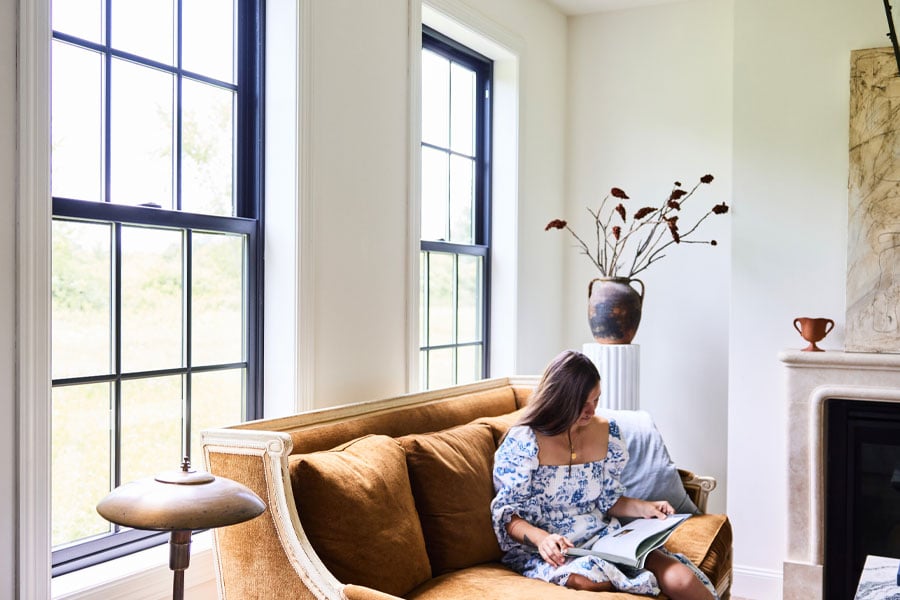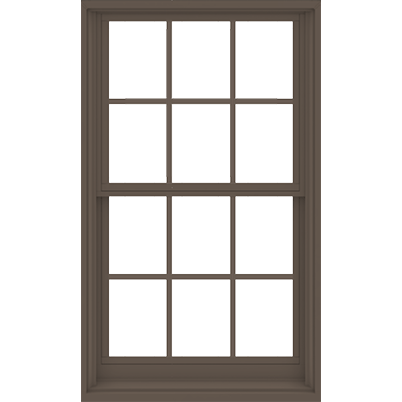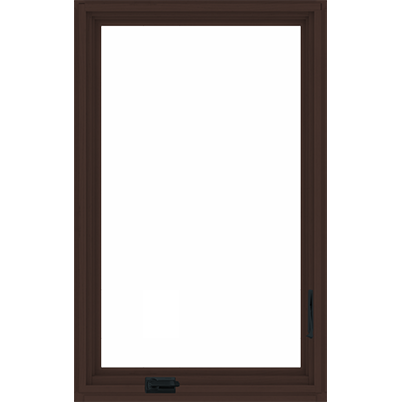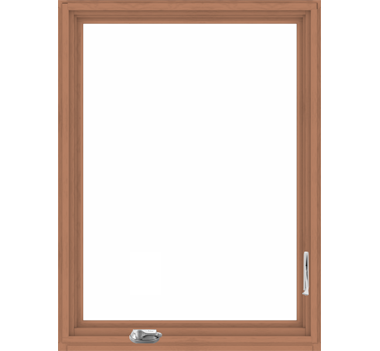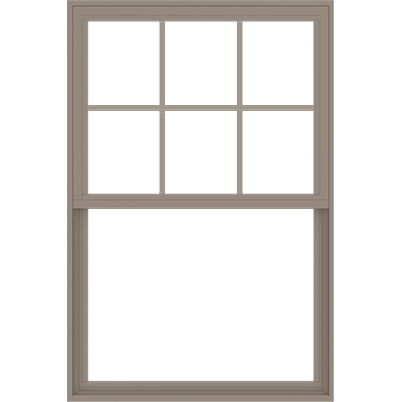Tips
Window grilles: Your guide to picking them out
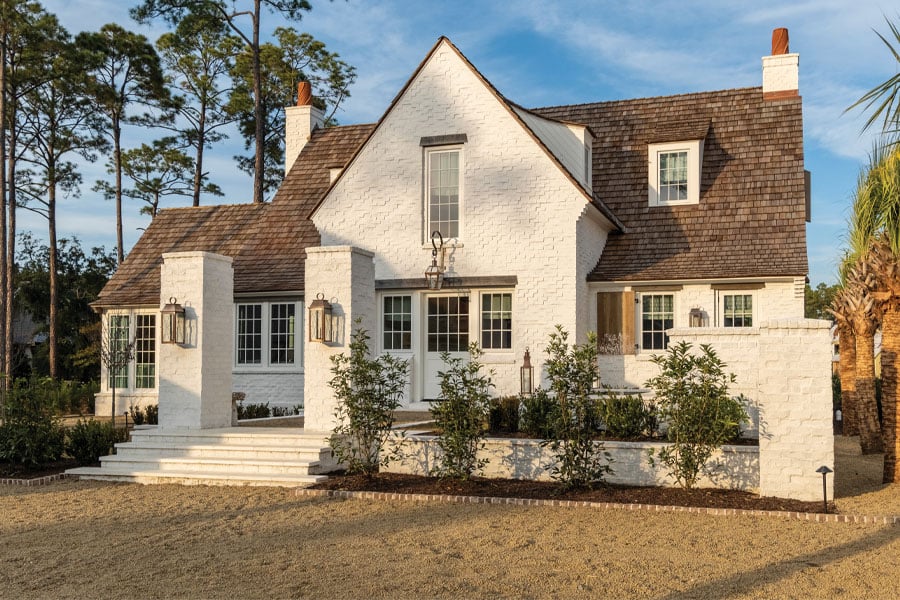
What are window grilles?
Before we dive in, let’s step back in time, so you can understand exactly what grilles are and why they’re still used. Historically window glass was made of individual panes, called lights (or lites), which were held together by wooden dividers called muntins. This is why you still sometimes hear the terms grilles and muntins used interchangeably. The patterns that were created by assembling windows in this way added beauty to homes that’s still appealing today. Of course, today’s windows are assembled much differently, and consequentially, grilles are now simulations of yesteryear’s muntins. They add character and architectural authenticity to more energy-efficient modern windows.
Types of grille patterns

Colonial grilles: This simple, symmetrical grid pattern is intended to replicate the old-world charm of individual glass panes (lights/lites) held together with muntions. It complements many traditional home styles — Cape Cods, colonials and more.
Prairie-style grilles: This semi-customizable pattern comes from the Prairie architectural style — think the designs of Frank Lloyd Wright. One popular option is a simple pattern of overlapping lines framing the edge of the window glass.
Diamond grilles: This ornate pattern of crisscrossing diagonal lines creates a diamond grid and appears most frequently in Tudor, Gothic, or other highly decorative architectural styles.
Short fractional grilles: This pattern of shorter vertical grilles in the upper part of the window's glass is often used to replicate the look of a transom window (aka a window above a window).
Tall fractional grilles: This pattern of taller, vertical grilles in the upper part of the window’s glass is often used to replicate the look of a double-hung window and is popular in craftsman bungalow homes.
Specified equal light grilles: This semi-customizable pattern allows you to choose the number of lights/lites wide and high, so you can create a look that suits a variety of home styles. Find out more about this versatile pattern in the “Modern versus traditional grilles” section below.
Custom grilles: Want to frame your view with the outline of a tree, flower, or perhaps something more abstract? Whatever your dream, chances are we can make it.
Want to see more patterns? Explore all our grille options.
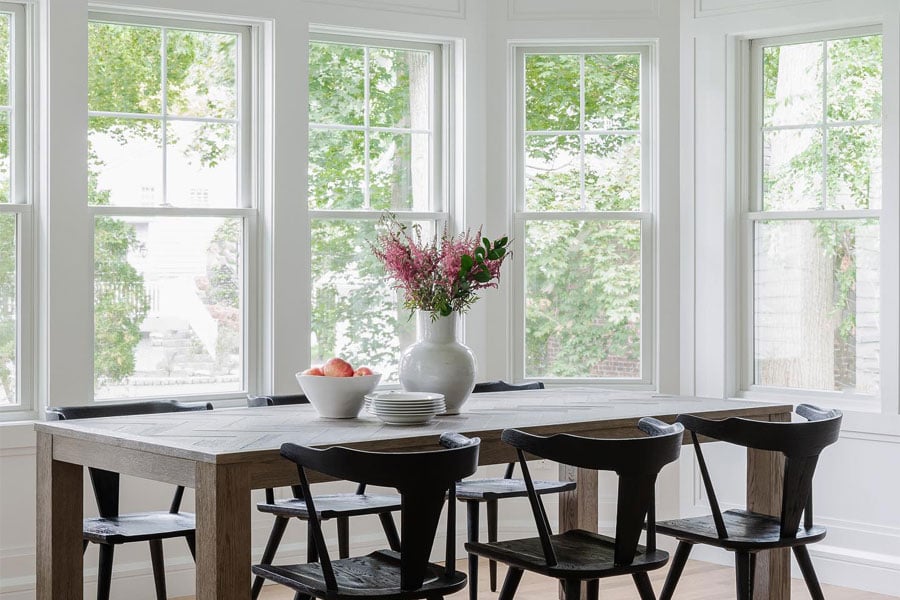
Talk like a pro: How to describe a grille pattern
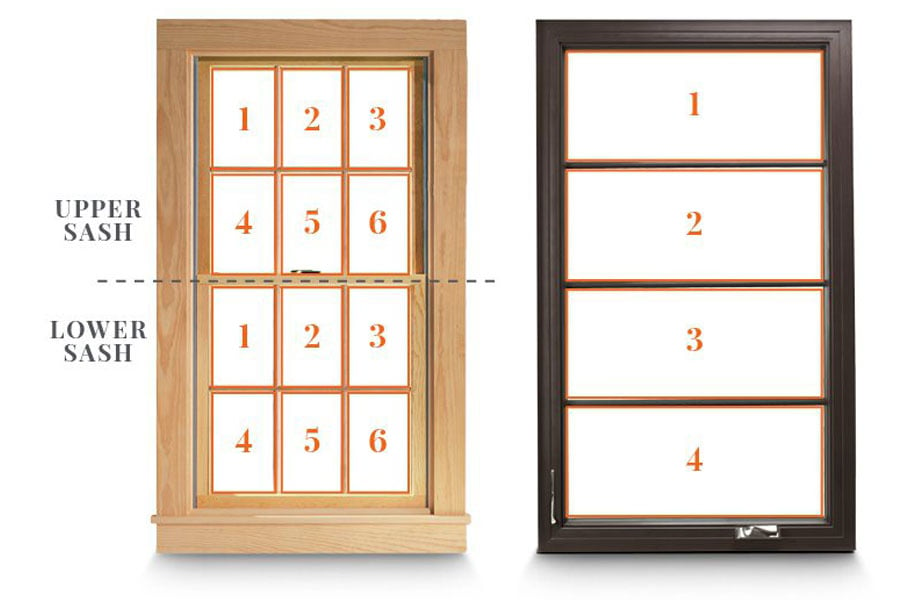
Types of grilles
A grille pattern can be applied in various ways on the inside, outside, and even in between the glass on a window. When deciding on the type of grille application you might like, consider your home’s architectural style and your preferences for cleaning (some grilles can be removed for easier cleaning).
Here are your options:
- Full divided light grilles provide the most authentic look. They are applied on the interior, exterior, and with a space bar in between the panes of glass.
- Simulated divided light grilles are like full divided light grilles, except they lack the spacer bar in between the panes. They are permanently applied to the exterior with corresponding grilles on the interior that can be either permanently applied or removable (if you want the option of easier interior cleaning).
- Removable interior-only grilles add a subtle pattern, which also makes windows super easy to clean.
- Finelight™ grilles-between-the-glass are the best option if you want grilles and the ability to clean easily both inside and out. They are permanently applied in between the panes of a window’s glass.
- Finelight grilles-between-the-glass with exterior grilles are a variation on the above that give a distinctive look to your home’s exterior while also easing interior cleaning.
Talk like a pro: Full divided light grilles
Full divided light is meant to imitate true divided light, or historic window made of individual panes connected with muntins (or wood dividers). The advantage of full divided light is that it’s more energy efficient than true divided light, because it can be applied to dual-pane window glass.
At the same time, full divided light gives an authentic look with grilles inside, outside, and a spacer bar in between the glass. You can even select the color of your spacer bar choosing from black or white, if you want it to match your grilles, or opting for stainless steel if you want to create a shadow line.
There’s also a way to further boost energy efficiency with an energy-spacer bar. Available with A-Series windows, this feature gives you top tier thermal performance and can even help meet ENERGY STAR® performance requirements for certain climates.
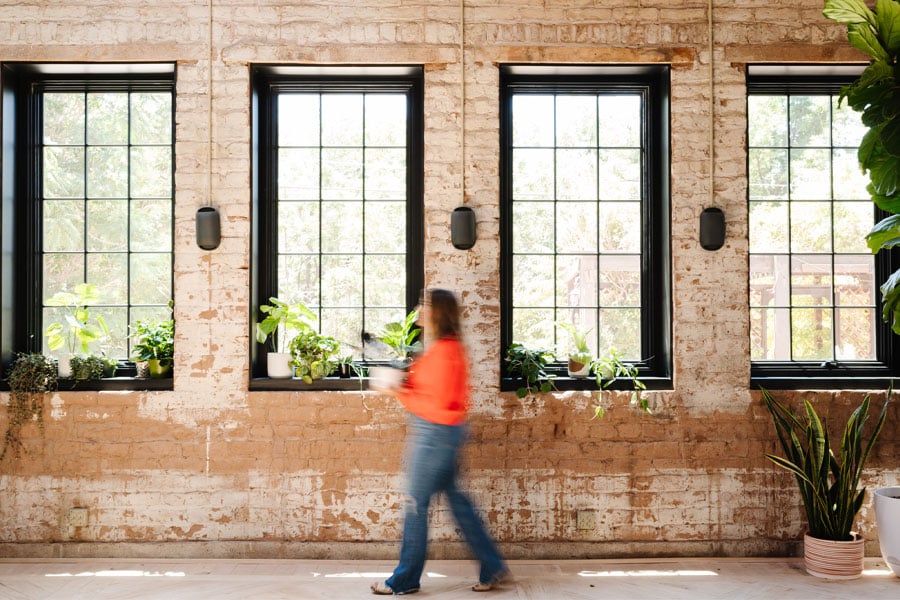
Modern versus traditional grilles
Grilles are often considered a more traditional design element. However, there are all sorts of ways to customize grilles to create a look that’s just right for your home.
3 tips for creating a more modern look with grilles
- Select a pattern with fewer lights. A two-over-two pattern (two lights on top and two on the bottom) nods to tradition but looks updated. To achieve this look, select the semi-customizable specified equal light pattern and add a single vertical grille bar through the center of the top and bottom sashes on a double-hung window.
- Select a more modern pattern. One of our favorites is the ladder-like pattern created by only using horizontal grille bars (no vertical grille bars). It’s commonly found on windows in mid-century homes and looks particularly sharp on dark windows. To get this look, select the flexible specified equal light pattern.
- Select the “contemporary” grille profile. Profiles are the bars applied to the glass to create grille patterns. They’re available in a variety of styles and widths. The contemporary profile has clean lines and right angles, which gives a more modern look. Select a thinner width to further the look and put the emphasis on the glass — a hallmark of modern window design.
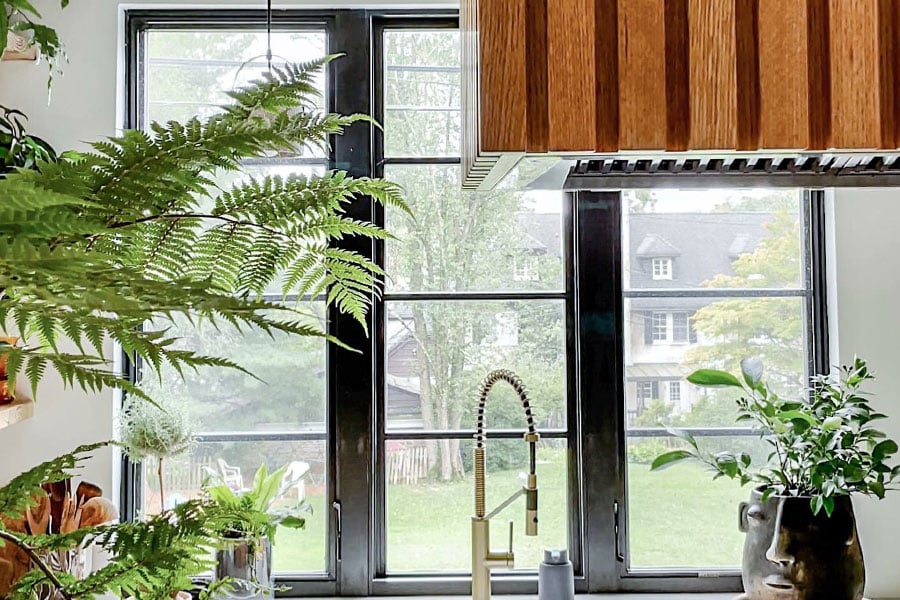
3 tips for creating a more traditional look with grilles
Whether you’re looking for historical accuracy or something more modern, there’s a range of styles that can be created with more traditional grilles.
- Take a trip back in time! Or rather, look up your home’s architectural style in our Home Style Library. There, you can find out the types of windows typically used in various historic styles along with details like grille patterns, frame colors, and more. Knowing what’s classic will help you narrow down your options — no matter if you’re looking for the most authentic interpretation or something with a modern edge.
- Select a more ornate pattern. For example, colonial grilles work in a variety of homes, but they’re not the only option — consider patterns like Queen Anne for a Victorian or diamond for a Tudor. These more ornate patterns harken back to the days when windows were made with individual panes and muntins.
- Select a more traditional grille profile. For example, “ovolo” or “chamfer.” These profiles are more detailed with curves, ridges, and other flourishes that suit a traditional home. Further the look by selecting a wider profile.
